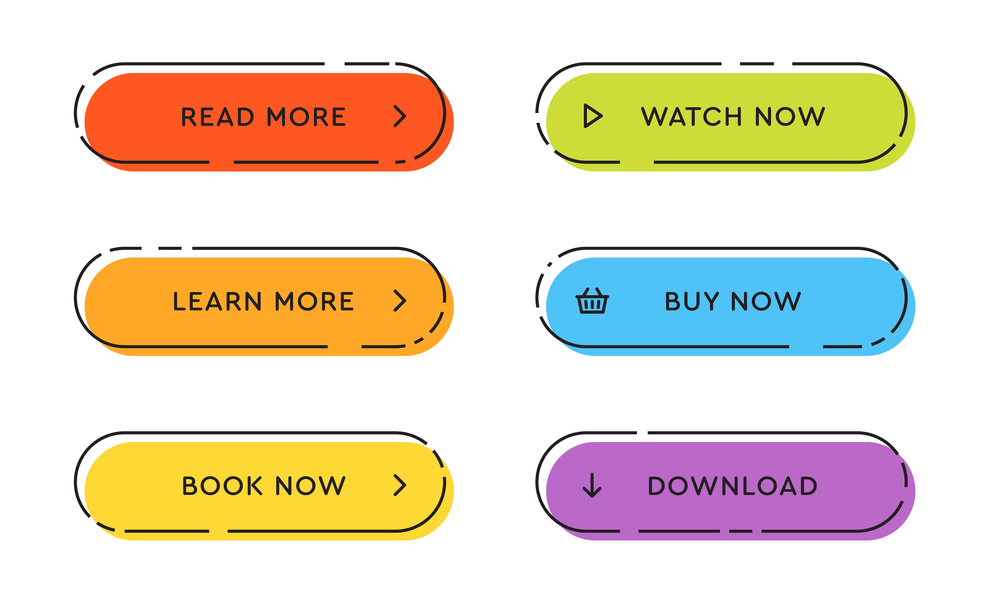
Blogging is great as it can absolutely help educate and empower consumers. It also helps grow a website’s SEO. Since it is Google’s mission to organize web content, they love seeing websites pumping out new content on a regular basis. Blogging can be a fantastic asset to a company, but most companies who blog are not maximizing their blog’s potential. Some essential blogging aspects non-marketers forget about are keywords, content structure, and calls to action. These aspects are somewhat overwhelming to take on without proper experience but will drastically improve your blog’s effectiveness.
do Keyword research
The topic of keywords deserves about 1000 different blog posts. What is important to this topic is that every blog post has a unique keyword that it is optimized for. Optimizing for a keyword can be difficult without the right tools. There are plenty of free tools out there (think Answer The Public and Google Keyword Planner) but, generally, paid solutions like SEMrush will provide more reliable data. Try and think of what the customers would be Googling and optimize for that. Avoid making it too broad as there will likely be a ton of competition. HubSpot has a great article on long tailed keywords to help get you started.
Structure Your Content with topic clusters and pillar pages
Keywording is valuable but the way to take your blog to the next level is by having a solid content structure. This involves lots of planning and coordinating but it can be fun and it's certainly worth the effort. Content structuring is, essentially, linking numerous related blogs -- known as a topic cluster -- to one mega blog, called a pillar page. Each link from a topic cluster blog to the pillar page helps tell Google what the page is really about. It also tells Google, since so many pages are pointing to the pillar page, it must be really good. The purpose of structuring the blogs in this way is to rank for more difficult keywords.
One of Sparkinator’s pillar pages is B2B Marketing. Without structuring the content as a topic cluster, the page will have a much more difficult time getting ranked for the keyword, "B2B marketing." Sparkinator’s blog has built out 30 or so blog posts related to B2B marketing, all of which point to the B2B marketing pillar page. This drastically improves the odds of getting ranked higher for tough keywords. HubSpot also has a great article explaining pillar pages more thoroughly.
Add a Call to Action
The easiest thing to add to a blog, but also one of the most overlooked, is a call-to-action button. Calls-to-action help make blogs more effective by converting readers into leads. Even something as simple as “Schedule a Demo to Learn More” at the bottom of the blog can really help get more leads. Empowering the customer is great and all, but what exactly is the blog empowering the customer to do? The answer should usually be "pick up the phone and call us."
Most blog readers aren't ready to buy; that's why they're reading the blog in the first place. They may be in the “tire kicking" phase or, as marketers say, the top of the funnel. The top of the funnel prospects are not ready to pick up the phone and make a purchase just yet, but they may be interested in learning more about the products or solutions your company offers. Giving these prospects the ability to download a guide to learn more can be extremely valuable to them.
A call to action telling the reader to “Download the ultimate guide to…” can be very powerful. In order to get the ultimate guide, the prospect needs to give their name, number, and email, among other things. The sales team can call this prospect later and tailor the conversation to their needs or wants. A guide like this helps educate and empower the prospect further while also capturing their information.
Most companies' blogs aren't reaching their full potential because they're not being found by prospects or, the prospects who do see them are not being converted into leads. It’s a mistake as old as the Internet. Creating relevant content is the hard part. Add those finishing touches to your blog posts by optimizing for keywords, structuring the content appropriately, and adding a call to action!
If you would like to learn more about how to improve your blog and start converting readers into leads, schedule your digital marketing audit today!





.png?width=1625&name=logo%20(1).png)